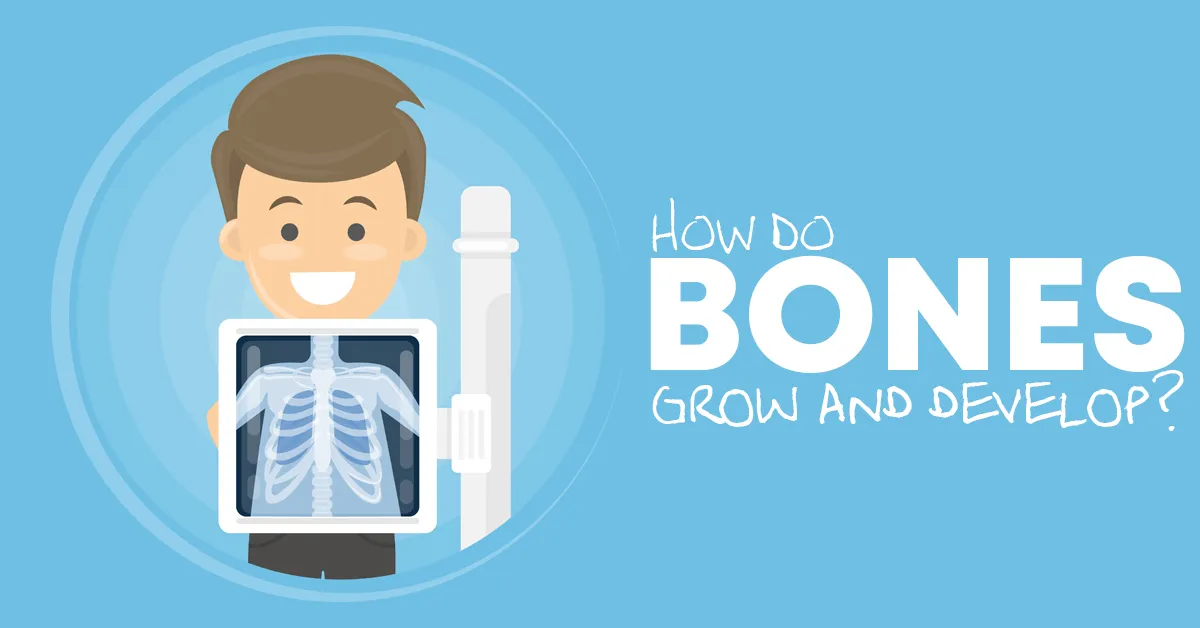You have nearly 100 fewer bones today than the day you were born!
Over time your bones grow and even merge together to form the 206 bones you have in adulthood. Our bones serve to both support our body’s movement as well as protect many of our crucial organs.
Babies have many small bones in their heads that merge to create their skull, providing more protection. There are also bones a baby lacks at birth – like kneecaps. While the cartilage is present, it does not develop into a hard bone until the child is a few years old.
How Does Calcium Help Bones Grow?
Calcium helps keep your bones dense and hard. It also helps your heart, muscles, and nerves all function properly. Nearly all of the calcium in your body is stored in your bones.
Unfortunately, only 15% to 20% of the calcium you consume is absorbed by your body. Vitamin D can help with calcium absorption though.
The most prevalent source of vitamin D is sunlight, but it is also a popular supplement choice.
When do Bones Stop Growing?
Your bones are always being remodeled. Most of your skeleton is replaced every 10 years.
By your 20s, your bones reach their peak mass. Your body then begins trying to maintain its current bone mass. However, by your late 40s or early 50s bone loss slowly begins. Women usually have faster bone deterioration than men at first, but by age 65 deterioration is usually at a similar rate.
How Can You Keep Bones Strong?
Calcium and Vitamin D are the two most important nutrients in bone health. Vitamin D helps your body make use of the calcium that it needs to store in your bones. Since your body does not make calcium, you are entirely reliant on it coming from the food or supplements you consume.
Keep working your bones with regular physical activity like walking or jogging. These are weight-bearing activities (unlike riding a stationary bike) that can be helpful in keeping your bones strong.
Smoking is also a contributor to weak bones (as well as many other health complications) because it makes it more difficult for the body to absorb calcium.
What is Osteoporosis?
Osteoporosis is the “hollowing out” of a bone that can cause it to become brittle and easy to break. Bones are made of living tissue and rely on a re-growth of this tissue to stay strong.
Someone with osteoporosis has their bone tissue lost faster than it can regrow. This results in a bone that has a sponge-like appearance, with many small pores hollowing it out.
Often someone will not know they have osteoporosis until they break a bone. Without completing a bone density scan, there may be no indication someone has osteoporosis as there are no symptoms.


